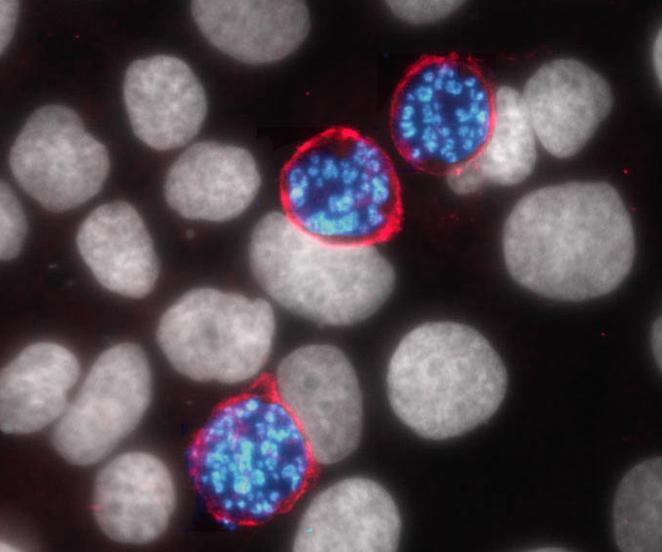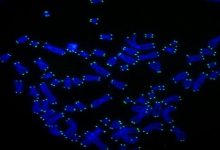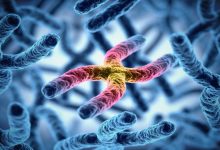
We are fighting the battle against malaria mainly by either helping people evade infected mosquitos or developing an approach to killing the parasite after it enters the bloodstream. But a team of Duke University researchers wants to use a different strategy which is to disrupt the parasite while it hides inside the liver.
A new study led by the team of researchers discovered that malaria-causing Plasmodium parasites tricks liver cell of the host and manipulates it so that it can survive in the liver cell. This new finding could lead to new treatments before symptoms appear.
Plasmodium parasite injects in the host body by an infected mosquito bite. After entering the host body, they wait inside the liver and reproduce rapidly copying itself as many as 30,000 times in the span of 48 hours. The next step is to escape liver cell and enter the bloodstream and triggering the disastrous disease.
When these parasites wait in liver cells they manipulate them to pumping out a protein called aquaporin-3 and use them for spreading the infection.
The research team wants to use an approach of using an inhibitor to disable aquaporin-3 which in turn will limit the parasite from reproducing inside the liver.
“This parasite found a way to manipulate the host’s liver cells to make it favorable for this replication event,” said Emily Derbyshire, an assistant professor of chemistry at Duke. “This suggests that maybe we can develop drugs to try to target the host to prevent malaria.”
When Plasmodium reaches the liver cells, it steals minute part of the cell membrane and forms a small pouch-like structure called vacuole which allows parasite grows and divides as well as taking nutrients and proteins from the host cell along the way.
“The liver stage is a checkpoint, a bottleneck, where it goes from a few dozen parasites to many thousands of parasites, which are released from the liver into the blood where it is amplified into hundreds of billions of parasites,” said Peter Agre, Director of the Johns Hopkins Malaria Research Institute, who was not involved in the study.
“If we could put out the forest fire when it is the smallest possible little campfire, that would be a potential therapeutic breakthrough,” said Agre, who won the 2003 Nobel Prize in Chemistry for the discovery of aquaporins.
During their study, one of the graduate student Dora Posfai spent three-hour stretches dissecting infected mosquitos under a microscope, using a small needle to cut out their salivary glands and extract the parasites hidden inside.
Next step was to search for the genes that are switched on in infected liver cells. For that researcher used RNA sequencing to examine through all 20,000 genes in the human genome.
They found that one protein was present in greater numbers called aquaporin-3 (AQP-3) which is a channel protein whose function is to shuttle water and nutrients into and out of the cell. The team decided to investigate this specific channel protein. The team used fluorescence imaging to track where all the new AQP-3 proteins were going — and followed them straight to the vacuole membrane surrounding all the rapidly replicating Plasmodium cells.
“This is the first time we have seen upregulation of a human protein that is then trafficked to the vacuole membrane just to help the parasite,” Derbyshire said.
The next step was to test the inhibitor. Researcher Posfai exposed the liver cells to an AQP-3 inhibitor called auphen which blocked aquaporin from transferring nutrient and found that the numbers of parasites decreased significantly.
“This is a great proof-of-principle that you can develop small molecules to fight Plasmodium in the liver, and one could now have a campaign looking specifically for inhibitors against this protein,” Derbyshire said.
“We do have medicines for treating malaria in the blood, but we don’t have good medicines for treating it in the liver,” Agre said. “Knowing a new, important target like AQP-3 could lead to the discovery of new medicines.”






